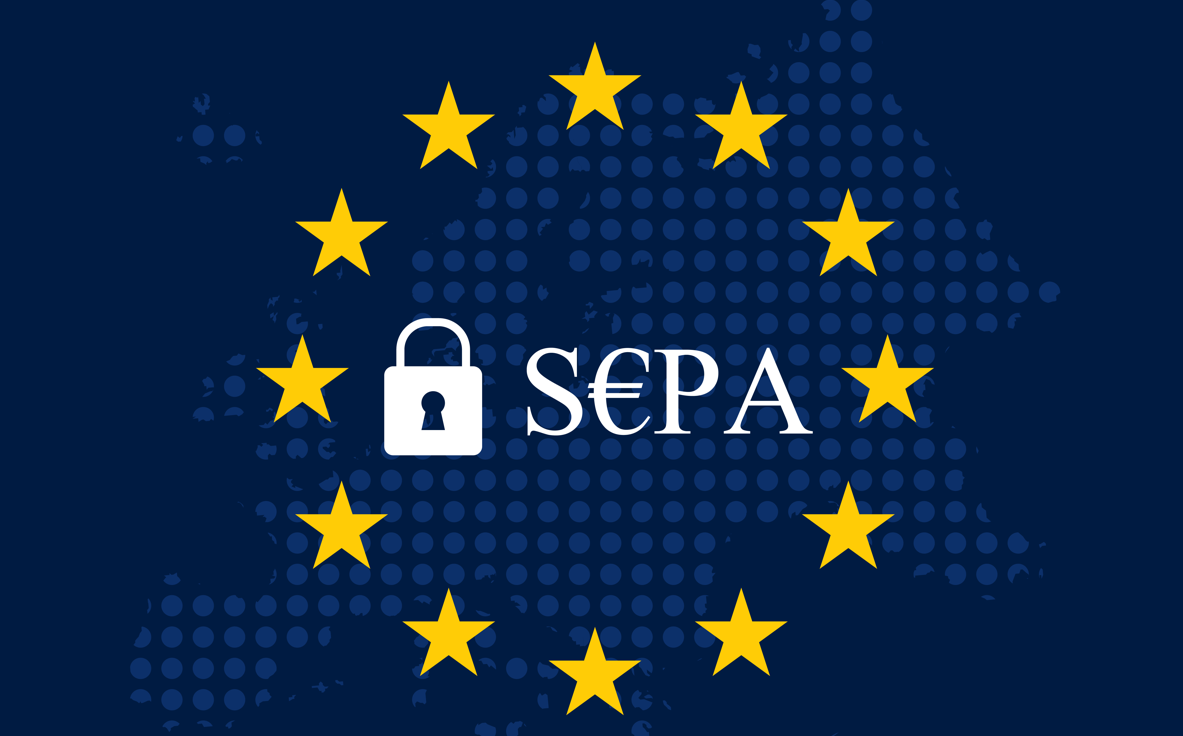Europe’s payment landscape is undergoing its biggest change in decades under the much-anticipated SEPA Instant regulation. The first stage of the new rules, which came into force in January, mandates that banks and payment service providers (PSPs) operating in the eurozone must be capable of receiving instant payments. By October 2025, they must also be able to send them.
SEPA Instant Mandate – challenges and benefits
The benefits of instant payments are clear: faster transactions, better control over cash flow for businesses and the ability to offer customers more efficient services. For firms operating in the eurozone, this will also improve competitiveness with other jurisdictions like the UK where instant payments are already the norm.
However, what appears to be a boon for banks and PSPs also comes with significant operational challenges. Among them, back-office readiness—or lack thereof—could become a major bottleneck for institutions scrambling to comply with the regulation.
According to Capgemini’s 2025 World Payments Report, 65% of payment executives recognise the need to expand instant payment infrastructure, but only 5% have high business and technology readiness. This gap underscores the urgent need for banks and PSPs to ensure their back-office operations are equipped to meet the demands of instant payments.
The risk of back-office overwhelm
The new mandate means that the various stages in the payment process – from authorisation and settlement to reconciliation and reporting – all must be completed in under 10 seconds. This leaves very little room for manual intervention or corrections and comes with several risks for the back office.
Principal amongst these challenges is reconciliation failures. Instant payments demand immediate clearing and settlement, meaning any discrepancies—such as unmatched transactions or incorrect data entries—must be identified and resolved immediately to avoid backlogs or non-compliance. This is an almost impossible task done manually, which is time-consuming and comes with a high risk of human error.
Fraud prevention is also going to be a top priority under SEPA Instant. The condensed timeline to process and settle payments gives banks and PSPs an incredibly small window to detect suspicious or fraudulent transactions, without delaying legitimate payments. The European Banking Authority has itself highlighted that instant payments carry fraud risks up to ten times higher than traditional transfers.
Getting your house in order
For banks and PSPs, the above challenges aren’t just operational headaches; non-compliance could also lead to reputational damage and a loss of trust from customers who expect instant, seamless payments. To meet the demands of instant payments, banks and PSPs need to invest in technology-driven solutions that eliminate manual bottlenecks and enhance operational resilience.
The first step on this journey should be automating reconciliation. Reconciliation is a crucial, but often overlooked part of the back-office, and in the era of instant payments, manual legacy systems are no longer viable. Beyond the immediate time-saving benefits, automated reconciliation also takes away the burden of having to match transactions across time-zones and from different currencies within the eurozone and provides a clear audit trail for regulators.
Secondly, banks and PSPs will need to significantly up their game when it comes to fraud detection. The evolving nature and types of Authorized Push Payment fraud necessitate proactive risk management by banks and PSPs, especially when they only have a matter of seconds to screen transactions for suspicious activity. If they haven’t already, firms will need to invest in real-time fraud detection technology, such as machine learning solutions, to spot malicious activity as payments are processed.
Finally, European banks need to strengthen their API maturity. One of the biggest challenges in the transition to instant payment is the fragmentation of banking systems, with many banks still relying on legacy infrastructure which struggles to communicate with newer digital payment rails. API-based connectivity can bridge this gap by enabling seamless data flow between front and back-office systems. However, it’s estimated that only 21% of European banks have a high API maturity. Banks need to ramp up the development of robust APIs to enable seamless system communication and ensure instant payment processing in the long run.
The shift to instant payments is not just a regulatory requirement—it represents a fundamental change in how money moves across economies. Banks and PSPs that see SEPA Instant as merely a compliance challenge risk falling behind, while those that recognise the opportunity to modernise back-office operations will gain a competitive edge.
Tiago Veiga is CEO at Aurum Solutions






